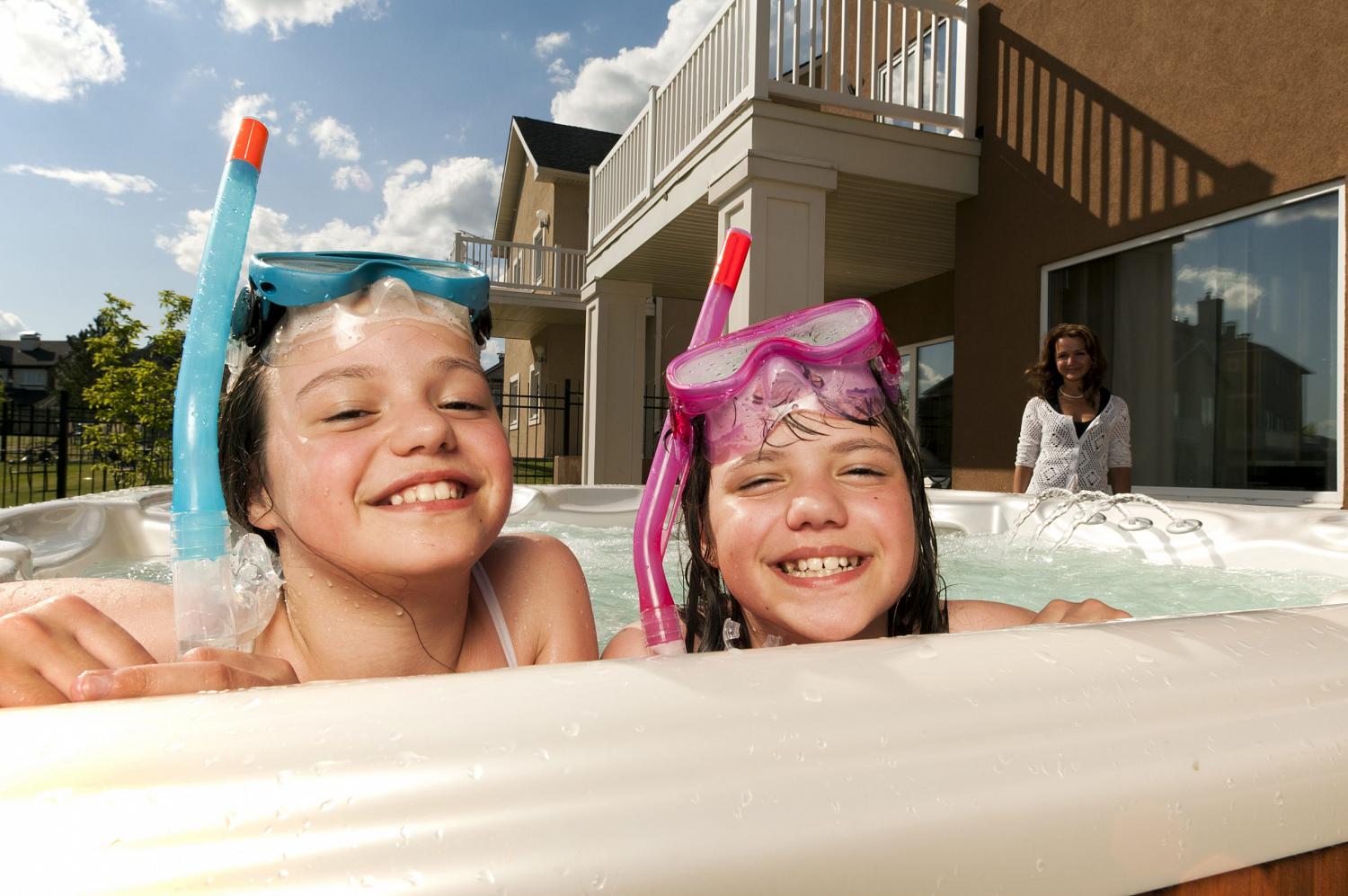A pool has long been considered a luxurious addition to any home. The dream of hosting pool parties, watching kids cannonball into the deep end, and enjoying summer BBQs is a timeless vision. However, after the initial excitement, many homeowners quickly discover that owning a pool isn’t always as glamorous as it seems. Between high installation costs, ongoing maintenance, and space constraints, pools can become more of a burden than a blessing.
If you’re looking to enjoy year-round water recreation and relaxation at home without the hassles, becoming a swim spa owner could be the perfect addition to your backyard oasis. Offering many of the same benefits as a traditional pool but with fewer drawbacks, swim spas are quickly becoming a popular choice for homeowners. Let’s explore why swim spas vs. pools is an important consideration and how a swim spa might be a better option for your lifestyle.
Swim Spa Installation Costs vs. Pool Installation Costs
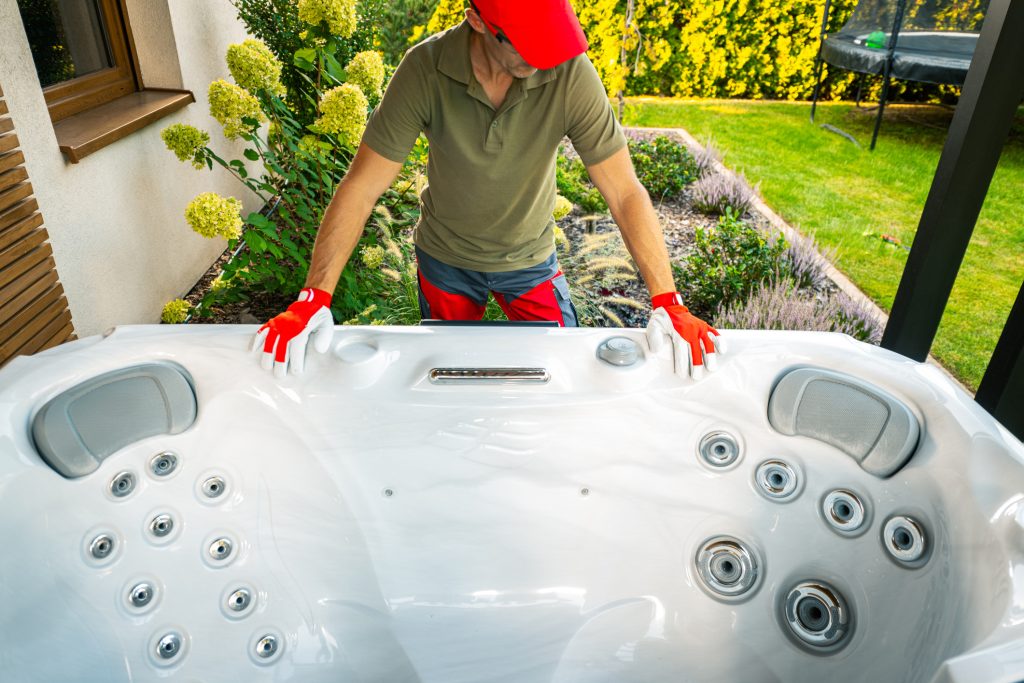
When it comes to installation, the cost of swim spas is far more budget-friendly compared to a pool. On average, a swim spa installation costs about half of what you’d pay for a traditional pool. For example, while the average purchase price and installation of swim spas can range from $20,000 to $40,000, a standard pool installation can easily exceed $50,000, not including the hidden costs like insurance hikes, fencing requirements, and landscaping.
Swim spas also have a significantly faster installation process. While a pool might take 2 to 4 weeks to install, a swim spa can be ready for use in as little as one afternoon once the base is prepared. This shorter installation time means less disruption to your property and a quicker return on your investment.
Space-Saving Swim Spa vs. Traditional Pool

A swim spa is a great alternative for those who want to enjoy water therapy or exercise without taking up as much space. Unlike traditional pools, which often require a large backyard and extensive landscaping, a swim spa can fit into smaller spaces. With dimensions that typically range from 10 to 20 feet in length, a swim spa offers that sweet spot of space-saving solution that doesn’t sacrifice functionality.
Thanks to their smaller footprint, swim spas can be installed indoors, outdoors, above-ground, or even on a reinforced deck. This flexibility makes them perfect for homeowners with limited space. Plus, swim spas are mobile; if you move, you can take your swim spa with you, unlike a permanent pool installation.
Swim Spa vs. Standard Pool Benefits: Operation and Maintenance
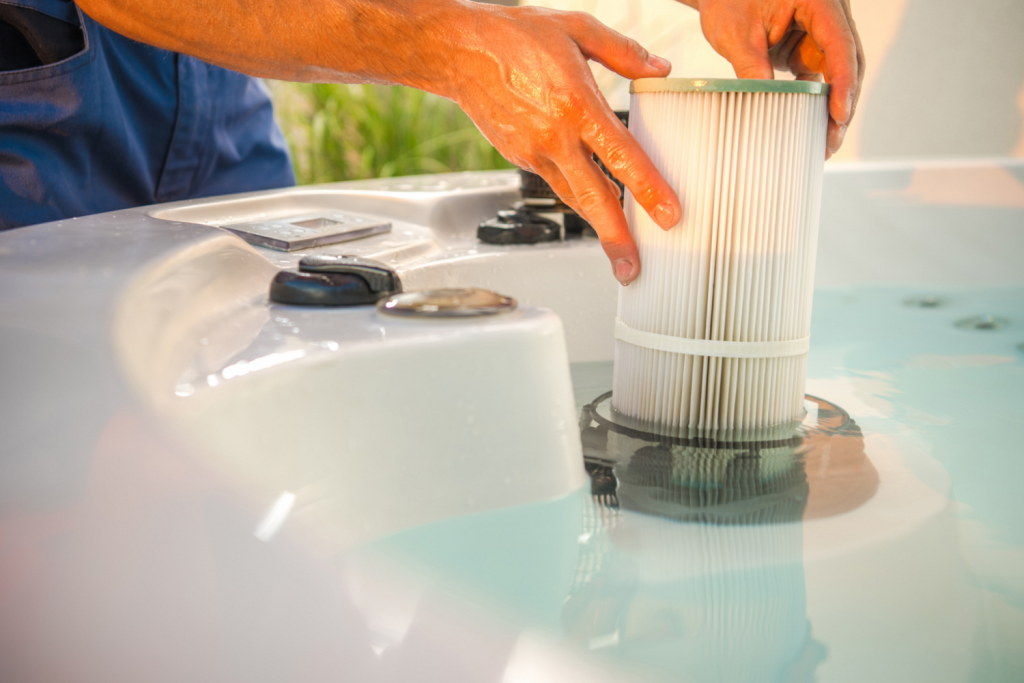
One of the biggest complaints about owning a pool is the constant maintenance it requires. On average, standard pool owners spend around 10-12 hours per month just maintaining their pools, which includes skimming, brushing, vacuuming, and balancing chemicals. For those who hire a pool service, the average cost is $360 to $1,080 for monthly mantinence.
In contrast, swim spa maintenance is far easier and cheaper than pools. Due to their smaller size, swim spas use fewer chemicals and less water than pools, making them more environmentally friendly and cost-effective to maintain. Additionally, swim spas are energy efficient and cheaper to heat, reducing your monthly utility bills compared to the energy-intensive operation of a pool.
Return on Investment: Swim Spa Resale Value vs. Pool
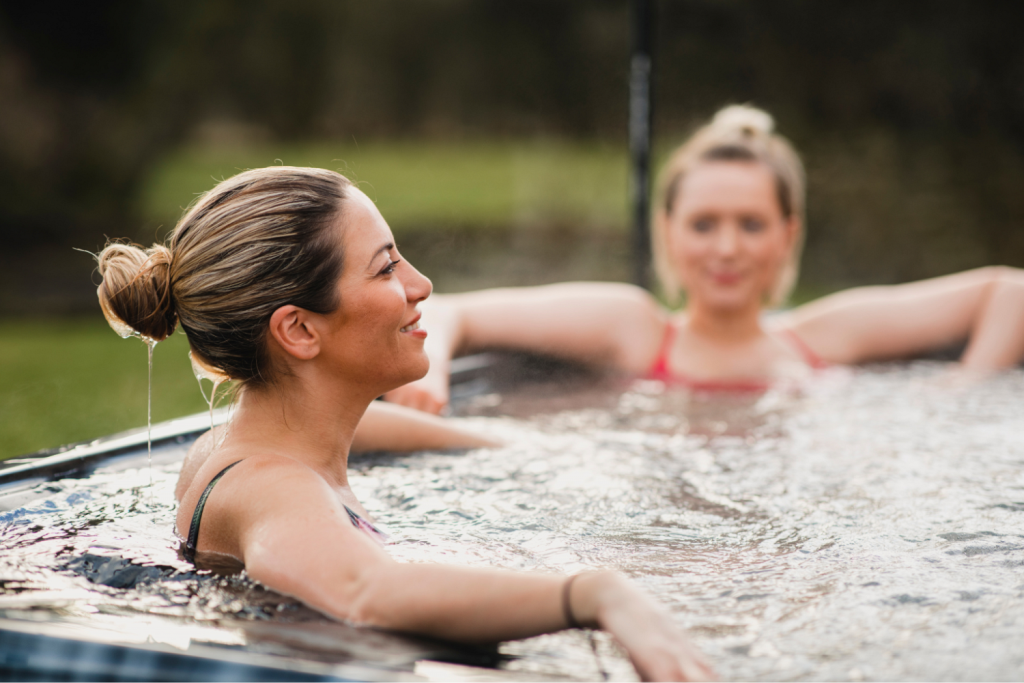
When it comes to resale value, a pool is often seen as a poor investment. Pools typically depreciate quickly, with experts estimating that they are worth only about half of their original cost once they’re 10 years old. In some cooler regions, a pool may only increase your home’s value by 6-7% at best.
On the flip hand, a swim spa offers much better resale value. These compact, multifunctional family-friendly units are more appealing to potential buyers since they don’t require the same level of commitment or maintenance as a pool. If you decide to move, your swim spa can go with you, making it a much more portable and valuable investment.
Swim Spa Year-Round Use: Pool Alternative
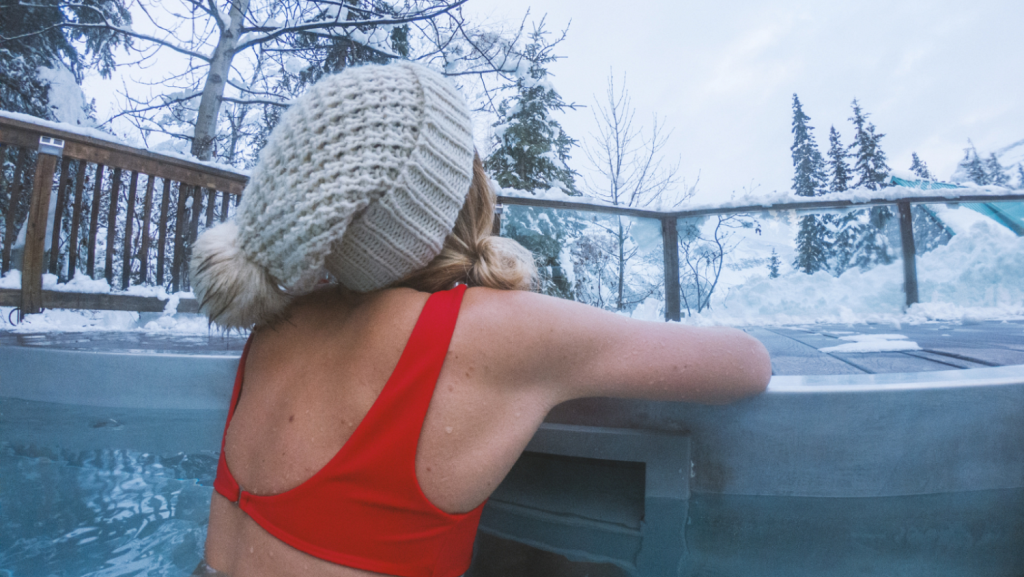
Another key advantage of a swim spa is the ability to use it year-round, regardless of the season. In many climates, especially in the Midwest, pools are only usable for about 4-5 months per year due to cold temperatures. In contrast, swim spas can be a key feature of your home and provide year-round use, making them a perfect option for those who want to swim, perform water yoga, or relax in water throughout the year.
Whether you’re looking to do water aerobics, swim against a current, or simply soak in a hot tub after a long day of work, a swim spa offers endless use options that can be customized to meet your fitness and relaxation needs.
Swim Spa Customization and Flexibility
A major key benefit of owning a swim spa is the ability to customize it to suit your needs. From different sizing options, ergonomic seating, adjustable massage jets for swim resistance, and built-in LED lighting, swim spas offer flexibility that just pools cannot match. Whether you’re interested in therapeutic massage soaks, family fun, or a place to host friends, a swim spa can be tailored to fit your lifestyle.
Yes, swim spas are a worthwhile investment for many homeowners. With lower installation costs, minimal maintenance requirements, and a high return on investment, a Cal Spas swim spa offers a cost-effective pool alternative that provides year-round fun and enjoyment. It’s an ideal choice for those seeking the swimming experience of a standard pool without the associated hassle and cost.
As if you needed more convincing, swim spas can even increase your home value—not just with resale potential, but by enhancing your home’s appeal and livability. The combination of energy efficiency, space-saving design, and customization options makes the swim spa a versatile and valuable addition to any home.
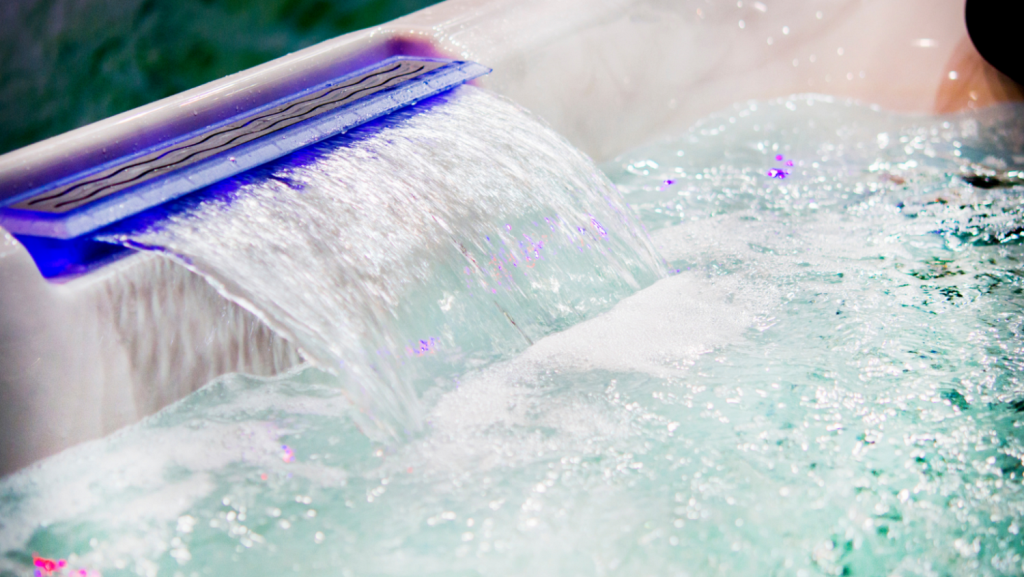
What to Look For When Buying a Swim Spa
If you’re thinking about buying a swim spa, you’ll want to consider things like size and jet power to find the perfect match for your needs. At Cal Spas, we have two amazing options that can fit different preferences. The Swim-Pro F-1325 Hot Tub is our entry-level model, seating 11 people, and is great for a mix of fitness and fun. With two adjustable river jets, you can switch between a light warm-up and a more intense workout, plus soothing foot jets to relax your muscles after. If you’re looking for something bigger and more powerful, the Commander F-1655 Hot Tub might be just what you need. It comfortably fits 12 people and includes 55 powerful jets designed for more experienced fitness enthusiasts.
When it comes to versatility, both spas offer something special. The Swim-Pro F-1325 is perfect for a little of everything—it has fitness handlebars and anchors to help you stay steady during your workout, plus bench seating for friends and family to join in the fun afterward. The Commander F-1655, with its Vertical Hydrossage system, offers an even more luxurious experience. Whether you’re working out or just relaxing with loved ones, this swim spa can handle it all, making it a fantastic choice for larger groups.
Lastly, let’s talk about hydrotherapy. After a great workout, you’ll want a spa that helps your muscles recover. The Commander F-1655 shines here, with its 54 rain jets that provide a soothing, full-body massage. Meanwhile, the Swim-Pro F-1325 offers gentle foot jets to relax your soles after a workout. Whether you’re new to swim spas or a seasoned fitness buff, both models give you the perfect mix of exercise, relaxation, and family time.
Ready to Make the Switch To a Swim Spa?
Visit our showroom or contact us today to explore the best swim spa customization options and find the perfect solution for your home.


